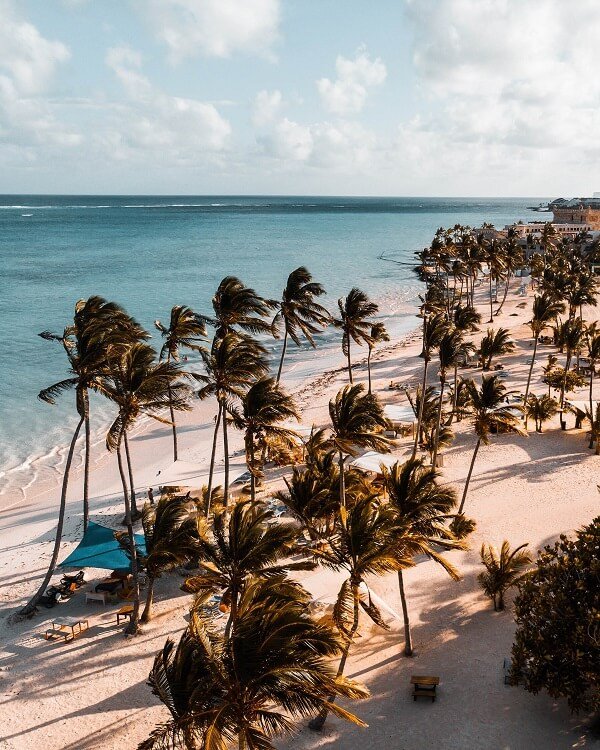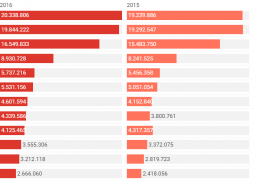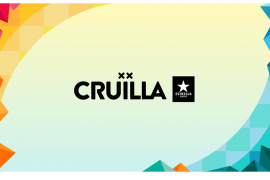One March morning before 7 am, I bought a boleto de abordaje ticket for the Caribe Tours company at the Santo Domingo Central Station, and got on a large bus with smoked glass windows to Samaná, in the north of the island, one of the most spectacular tourist destinations in the Dominican Republic.
Halfway there, the clouds darken: when the trade winds run into the island’s elevations, the vapour condenses and it often rains, with sideways gusts. Every so often, the sun comes out. And I see people clearing undergrowth with machetes. Many bohíos—peasant houses—have a bulb lit over the door all day (it seems it is usual not to pay for electricity).
The landscape is typically African, tropical, with slender palm trees with slim trunks, and guineos—banana trees—with leaves as broad as elephant’s ears. In some clearings in the coconut forest, they pile up coconuts and light fires to burn their husks off. From time to time you see some splendid white sandy beaches though the lush tropical vegetation.
I cross the island from south to north, from the Caribbean coast to the Atlantic. After four and a half hours of travel, passing through Sánchez, Nagua and the rice paddies of Cenoví, I reach Samaná and its magical bay. When the guagua bus stops at the destination, a squadron of black riders on small Japanese motorbikes mill around the bus door in an overwhelming throng, offering their services as taxis.
At the stop they sell oranges, ready peeled, white. The coconut trees bow down to the transparent, turquoise water’s edge. The great attraction at Samaná is the humpback whales, which can be seen every year from mid-January to mid-March. Hailing from the cold waters of the North Atlantic (some from Iceland, 5,000 kilometres away), they come here after an eleven- or twelve-month pregnancy. And here they conceive again, leaving again as summer approaches.
Although by now they have already begun to leave and there are few left, I embark with a small group of Italians on a speedboat to go and see the whales close up. We hit the waves at such speed that we often lift off, suspended in the air until we fall back with a violent slap. I hold on as hard I can to the hull so I don’t l fly off. On the prow, a youth like a monkey, crouching, acts as a counterweight and a lookout.
“Ecco lá!…Ecco lá!…” someone calls out after cruising for half an hour. The pilot slows the launch, and finally turns off the engine. It’s a monster! The whale must be about fifteen meters long and passes by so close that we can clearly hear it blowing as it ejects the air from its lungs. Navigating with calm elegance, at perhaps only about two kilometres per hour: it bows its back, snaking up and down, lifting its snout, it dives down gaining momentum with the help of its muscular tail.

What must it weigh? Maybe sixty tons… At its flank, a calf which must be only about fifteen days old, although it’s four or five meters long… It is also dark, with a smooth skin, with white fins and belly. During its first year, it will suckle its mother’s thick milk and, like her, it has knobs on its head that apparently are for guiding them by sensing stimuli from their surroundings.
We stop off at the small island of Cayo Levantado for lunch. And under a cane sunshade on the beach, I taste lobster cooked in coconut milk. But I did not even look at the fish. The terrible ciguatera—which causes a fierce muscular pain and a considerable neurological disturbance that can last three, four or five months—is transmitted by the ingestion of some fish that, in turn, have consumed a kind of toxic algae, which thus protects itself from predators: nature is wise…
On the return journey, the outboard roars even more furiously, breaking the waves without flinching. Too late, I read somewhere: “A non-seaworthy boat is dangerous. Most whales are to be found in the open sea, where there is a heavy surge, and not in the inner part of the bay, where the waters are calmer. Use solid, safe inboard motor boats only and do not risk your lives in boats that do not have, at least, a marine radio and a life jacket for each passenger.” Yes, you need to take precautions. But the whale watching in Samaná is an experience that is not easily forgotten.





















